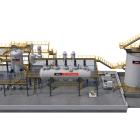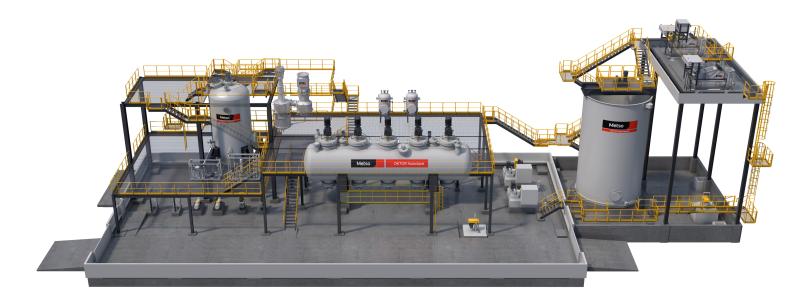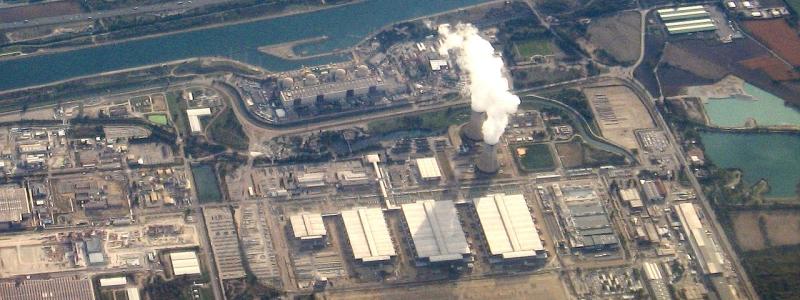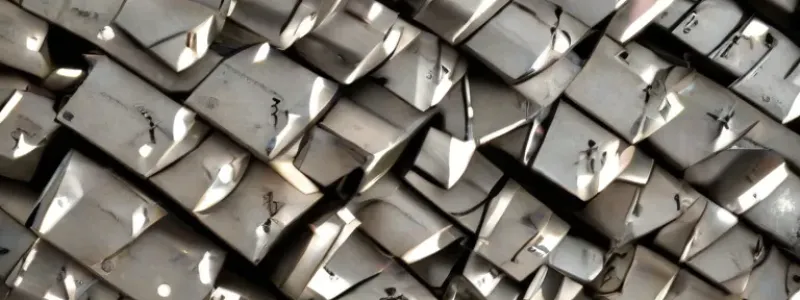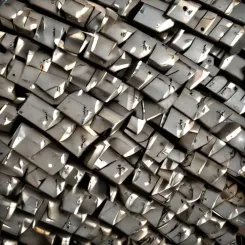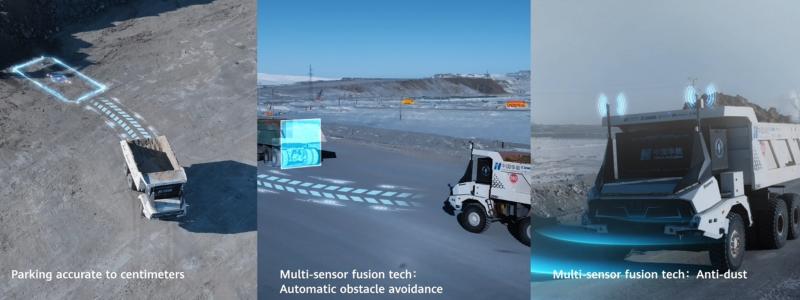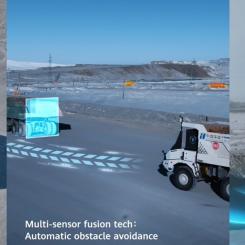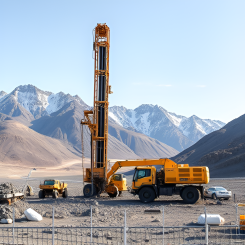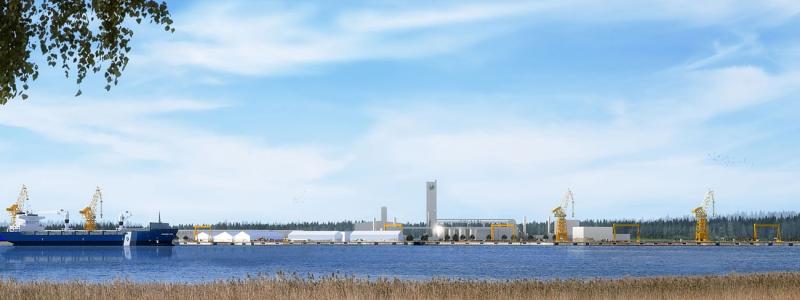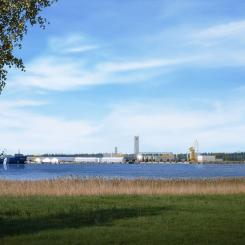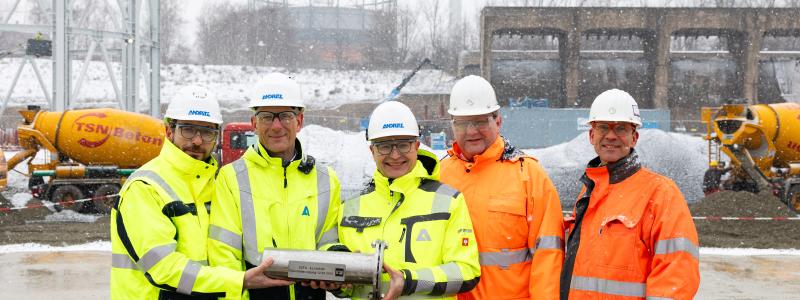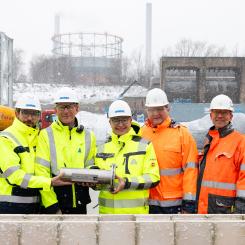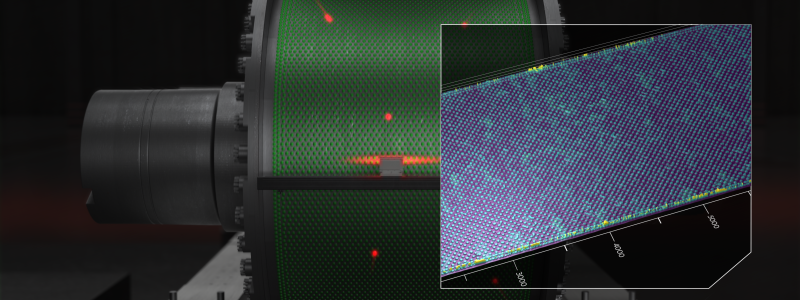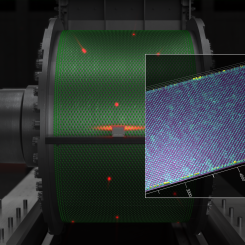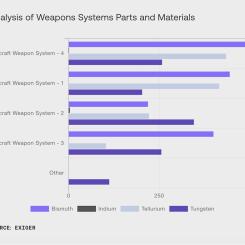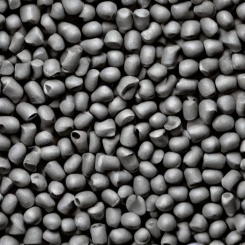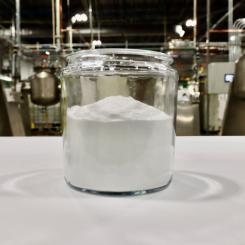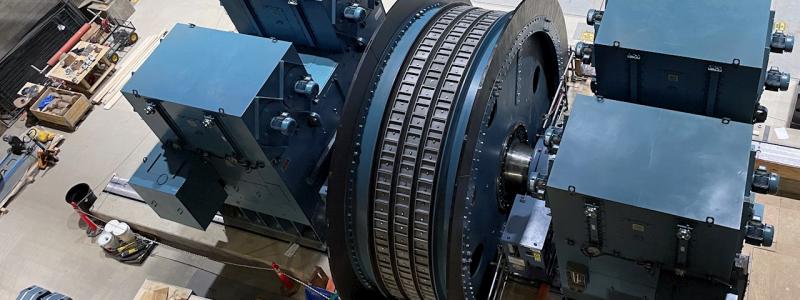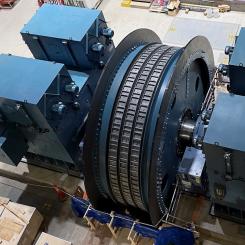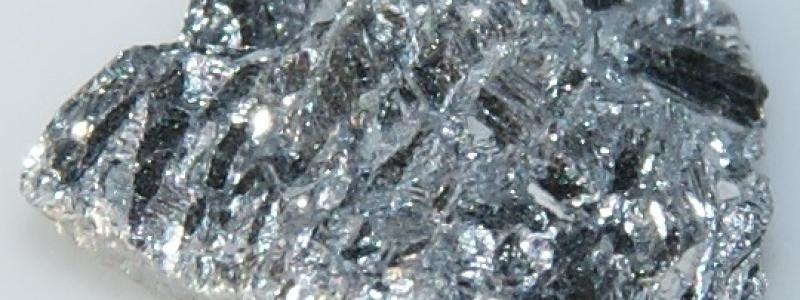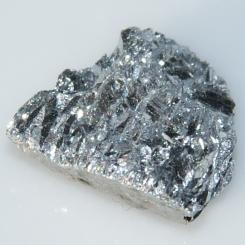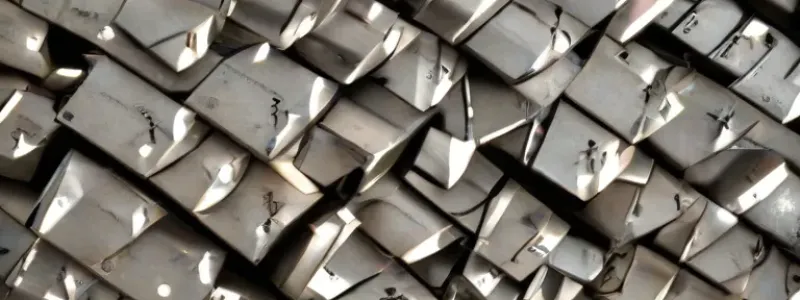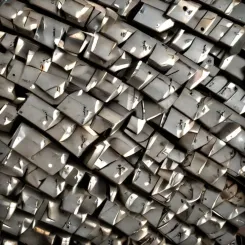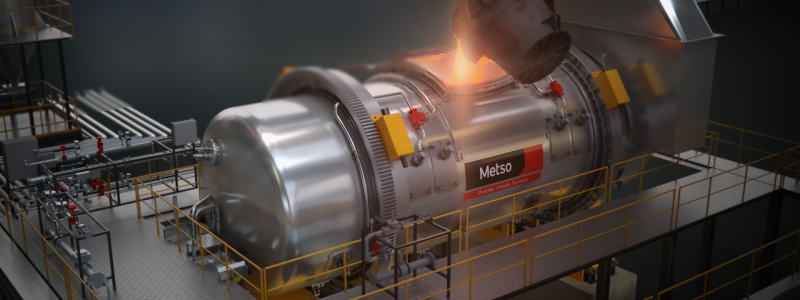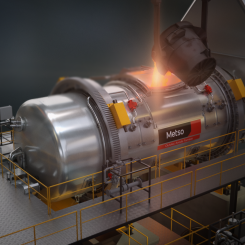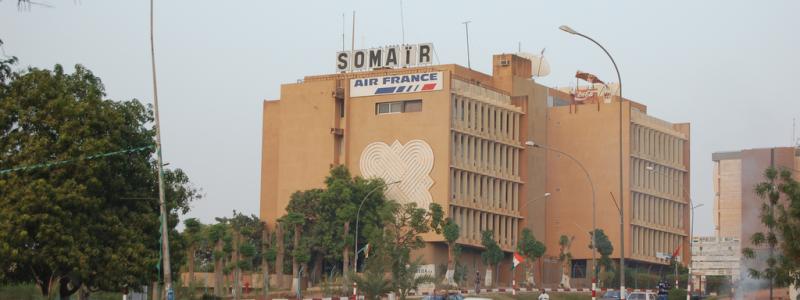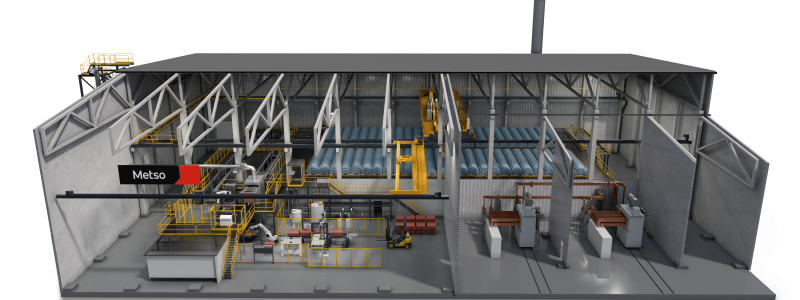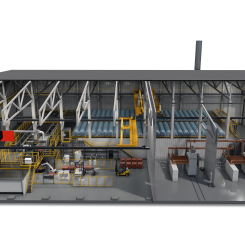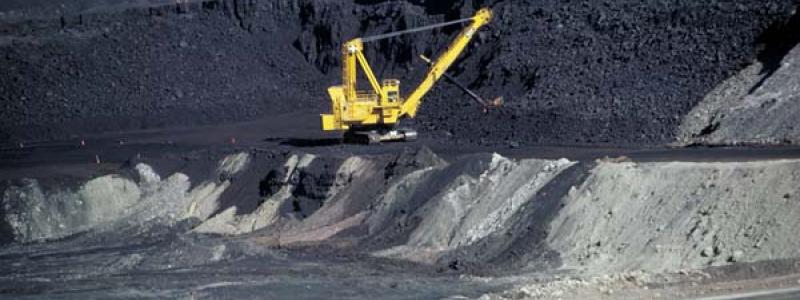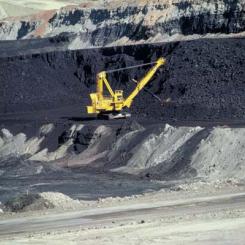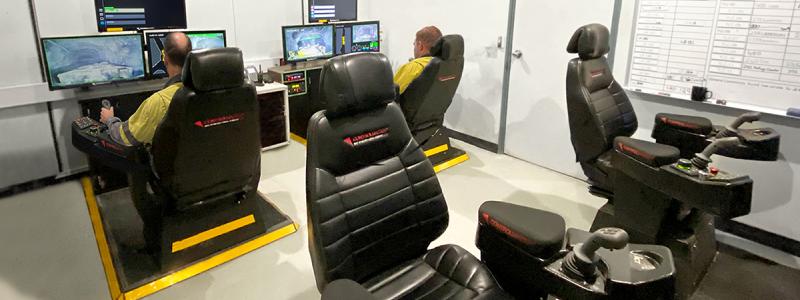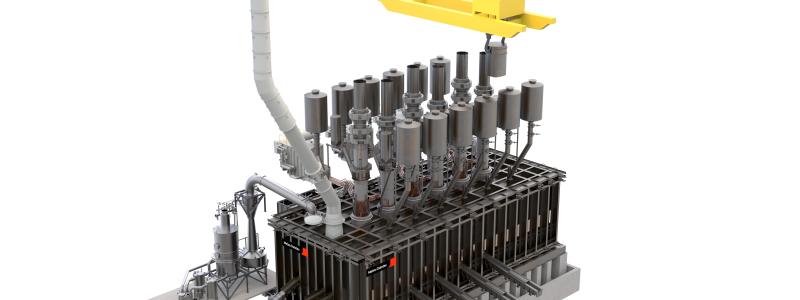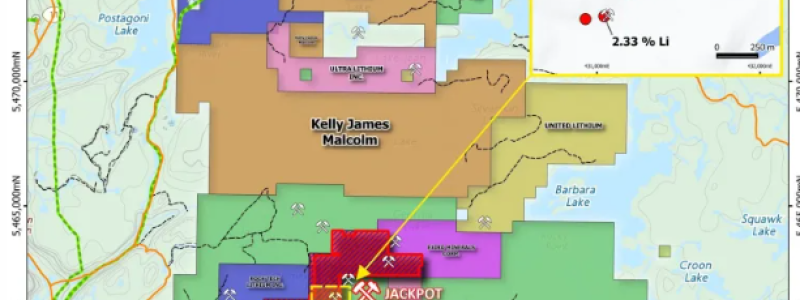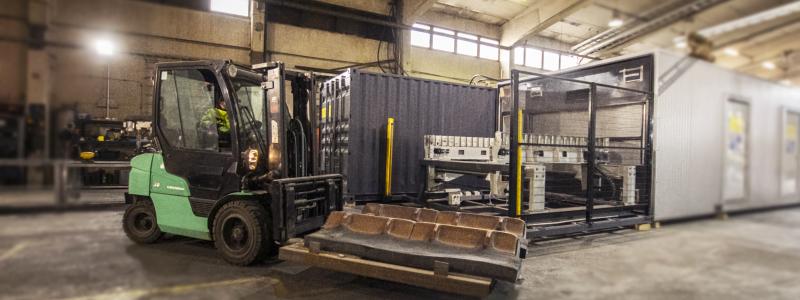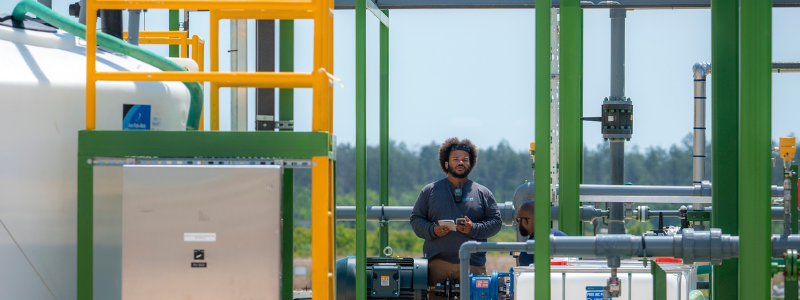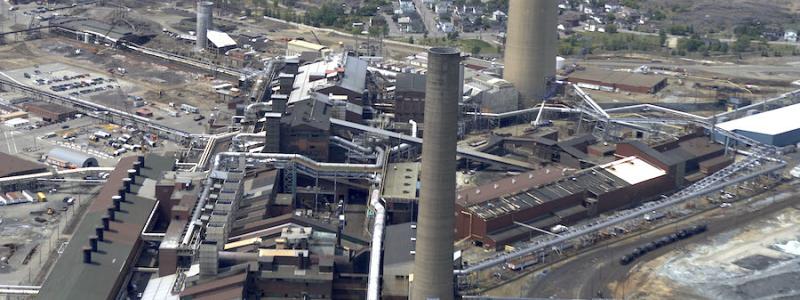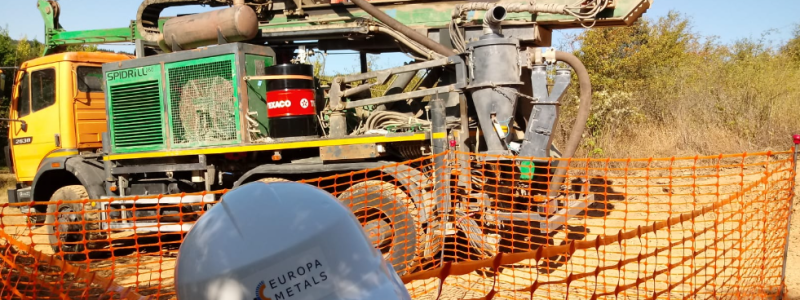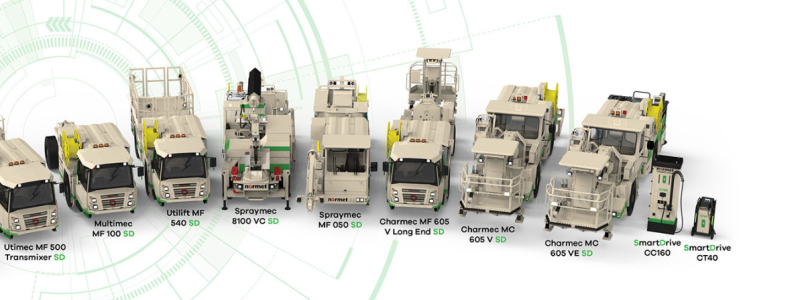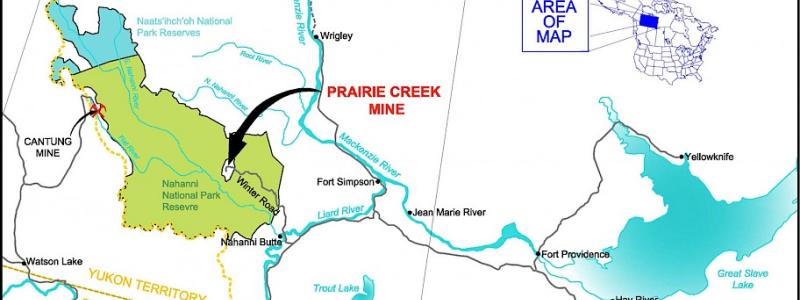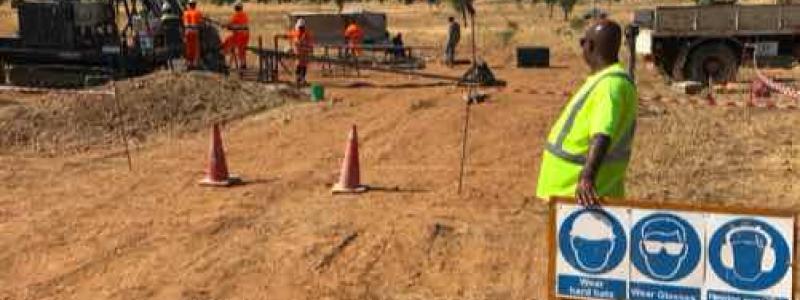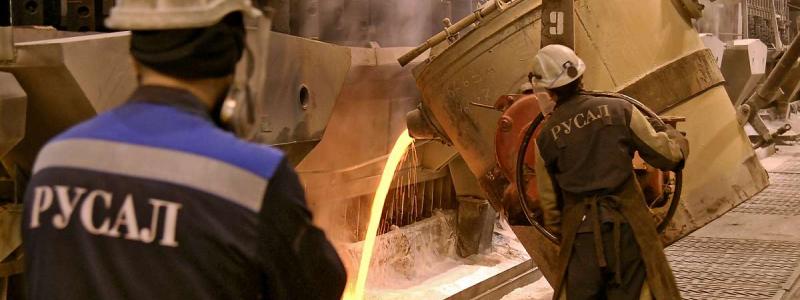Digitization has become one of the tools of the fourth industrial revolution. Digital technologies are dramatically transforming many spheres of our life – retail, banking, communication between citizens and the state. Digitization has also affected industry, especially metallurgy, where both the main and auxiliary productions functions are becoming digitized. According to forecasts by Technavio, the industrial AI market will grow at an accelerated rate – averaging 54% per annum – over the next 3 years (https://www.businesswire.com/news/home/20181023006123/en/Global-Artificial-Intelligence-Market-Industrial-Sector-2018-2022 ). Most major enterprises (Stena Metal International, National Aluminium Company of India, Rusal etc.) have already made attempts at in-depth analysis of their accumulated data and creation of models based on artificial intelligence (AI), creating subdivisions to handle data analysis, monetization and digitization. Nevertheless, AI-based solutions are being implemented slightly more slowly in-ferrous metallurgy than in other branches.
Why is this so and what are the prospects for application of AI in non-ferrous metallurgy?
Digitization Barriers
Given the low content of the required component in ore and the admixtures of other elements, non-ferrous metallurgy is an energy-consuming industry with a complex structure. Thus, ores contain a maximum of 5% copper and 5.5% of zinc and lead. Feedstock is often multicomponent, potentially containing 30 or more chemical elements. To produce one ton of copper, 100 t of ore must be extracted. Energy accounts for half of the total costs related to smelting, with up to 5 kW of energy per hour required to produce 1 t of copper. Many branches of non-ferrous metallurgy are also characterized by multi-stage metallurgical conversion of intermediate products.
All these, on the one hand, are favourable factors for the application of AI technologies in this field, since they can often help to increase unit efficiency. On the other hand, non-ferrous metallurgy produces quite a large range of fundamentally different products, and, accordingly, uses a very wide spectrum of production processes. AI models must take into account the specific characteristics of each enterprise when even those working with the same type of metal often differ greatly. All this reduces the potential for upscaling any newly created solution and thus reduces the attractiveness of investment in research while increasing the implementation risks. As a result, implementation of AI-based solutions in non-ferrous metallurgy is more complex and therefore more expensive than in other industries.
By contrast, the process is slightly faster in ferrous metallurgy. This is partly due to the fact that production processes in this branch are quite similar across enterprises. Moreover, companies even use equipment from the same manufacturers.
This is demonstrated by the rates of implementation of similar solutions at plants operated by the leading global manufacturers, including Tata Steel and Severstal. Thus, one of the enterprises uses industrial IoT and AI technologies to create a recommendation system for the electric arc furnace (EAF) operator. Without upgrading the current production equipment, this system reduces time spent in the energized state during each smelting operation with no loss of quality (incl. to FeO content in slag, phosphorus and nitrogen content in the semi-finished product).
These systems, based on IoT and AI technologies, are being implemented not only in smelting processes but also in other production cycles.
Profit for Enterprises
AI is widely used where the traditional automation tools have been unable to challenge the expert metallurgist - in operational solutions with fuzzy logic. As a rule, these are routine decisions which employees have to make daily or sometimes even dozens of times a day.
At its current level of development, AI is not yet capable of creating fundamentally new methods or solutions. Its function is rather optimization: reducing the volume of consumables or energy, searching for optimal equipment operating modes, and quality control.
Since this means optimization of the established production processes, transition to a fundamentally new efficiency level through AI implementation should not be anticipated: as a rule, the impact varies from 3% to 10%. A strong efficiency gain shows that the process was initially not set up in the best way and the result is more likely integral. But even an optimization of 3% of expenses is financially significant for large and medium enterprises.
The empirical experience has shown that the use of AI optimization models for the flotation process increases the extraction factor by an average of 3.5%, while in electrolysis the efficiency gain is 4.7% etc.
Promising Developments
"Machine vision" is one of the fastest-growing and most popular areas of application of artificial intelligence in non-ferrous metallurgy. It is focused on the development of technologies to create images of real-world objects, process and analyse them, and then use the data obtained to solve applied problems. For instance, for monitoring of a specific production area: online tracking of cathode and anode closing in the electrolysis shop, recognizing the material on the conveyor and classifying it according to quality.
Solutions based on this technology have already been implemented at Rusal Group enterprises in electrolytic equipment that is already operating. The use of "machine vision" technologies in electrolysis shops enables not only production process optimization and significant cost reductions (incl. on electricity consumption), but also enhances production safety and environmental friendliness.
"Digital twin" is the creation of a mathematical model of a production process. Production operators can use data from "digital twins" to receive real-time recommendations on production process control. The solution is used to monitor the consumption of materials and energy resources and detect reject items, as well as to monitor process parameters. Thus, at Kola Mining and Metallurgical Company, the "digital twin" optimizes matte delivery from the smelting furnaces to the converters.
Future of Artificial Intelligence
At present, as regards complex production processes, there can be no question of complete substitution of humans on site. AI is often still recommendatory in most applications, though some systems with fully automatic control based on AI technologies are available. However, personnel are still essential for the supervisory function, as well as when manual control is required.
In other words, even 20 years from now there will be no completely unmanned enterprises, though this concept has been under discussion for many years. It will still be impossible to do without maintenance personnel. By contrast, many operations, including hazardous ones, will be performed by robots instead of humans at a certain stage of AI development in this field, when a sufficient mass of experimental data has been accumulated. And this is reasonable, because labour and health safety standards in metallurgical production are very high. Accordingly, if humans in some areas with harmful working conditions can be substituted with robots performing the necessary operations more quickly, why not do this?
Thus, there will still be a demand for metallurgical engineers, but ones who are both knowledgeable about process theory and have a clear understanding of the business system, as well as programmer engineers to create the artificial intelligence which will control all plant processes.
Material science as fundamental knowledge will move onto a global internet platform, just as trading, management of deliveries and plant finance have done already. It should also be noted that staff recruitment services will not lose their significance: on the contrary, they will be one of the key factors for a successful business in the long term. Properly trained and educated personnel will become the basis of an enterprise’s economic efficiency.



